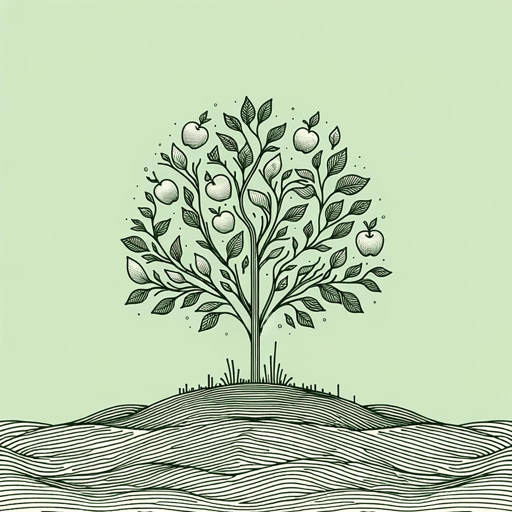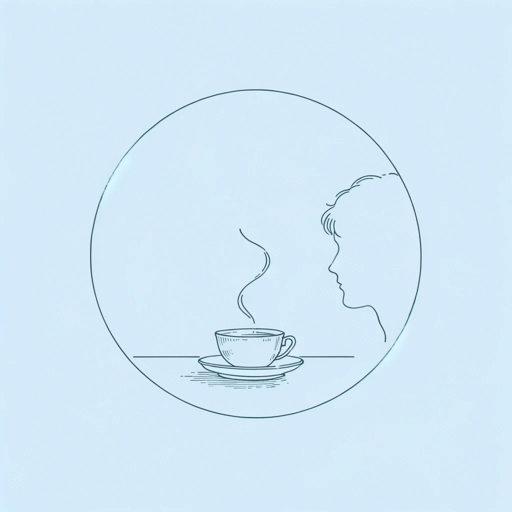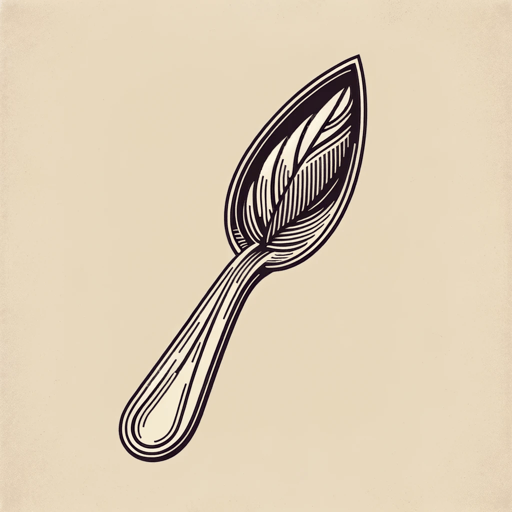38 pages • 1 hour read
T. S. EliotThe Waste Land
Fiction | Poem | Adult | Published in 1922A modern alternative to SparkNotes and CliffsNotes, SuperSummary offers high-quality Study Guides with detailed chapter summaries and analysis of major themes, characters, and more.
Further Reading & Resources
Related Poems
"Antwerp" by Ford Madox Ford (1915)
One of the most influential but little-known expressions of modernist poetry, this ambitious pacifist work—centered on the heroic resistance of the Belgians to the brutal invasion by Germany in 1914—argued the harrowing emotional and psychological impact of war. The poem reinvented inherited poetic forms using fragmented lines, enjambment, and subtle sight rhymes. Eliot often cited the poem as the only war poem he admired.
Cantos by Ezra Pound (1926)
Given Pound’s enormous influence on shaping Eliot’s work (overseeing the editing of more than half of Eliot’s original draft) this book-length sequence of 116 Pound poems—unfinished at the time of its publication—helps understand Eliot’s own intricate experiments with line breaks and with the aural impact of poetry. The themes reflect Eliot’s sense of a civilization lost to its own history and adrift within a spiritual malaise, save that Pound was more interested in the economics of the decline of Western civilization.
"The Love Song of J. Alfred Prufrock" by T. S. Eliot (1915)
In this, Eliot’s first published poem, the character of Prufrock—a hypersensitive, over-educated wanna-be poetaster—takes a stroll to an evening tea in London. He wants to engage a woman in conversation but dreads the approaching showdown.
Related Titles
By T. S. Eliot

Ash Wednesday
T. S. Eliot

Four Quartets
T. S. Eliot

Journey of the Magi
T. S. Eliot

Little Gidding
T. S. Eliot

Mr. Mistoffelees
T. S. Eliot

Murder in the Cathedral
T. S. Eliot

Portrait of a Lady
T. S. Eliot

Rhapsody On A Windy Night
T. S. Eliot

The Cocktail Party
T. S. Eliot

The Hollow Men
T. S. Eliot

The Love Song of J. Alfred Prufrock
T. S. Eliot

The Song of the Jellicles
T. S. Eliot

Tradition and the Individual Talent
T. S. Eliot

